Contents
Your product strategy is already bulletproof — just make sure you’re not making any of these mistakes. Learn 5 examples from my career where strategy went haywire and my tips on how to avoid these situations.

First, I wanted to introduce myself a bit. I’m Sándor, a product lead and former product designer with 5 years under my belt. I started my career with UX agency work at UX studio. My first few projects included webshop and mobile app designs for clients like Google. I also worked on a research-only localization project for Netflix.
In 2020 I joined our CEO to launch a new website builder for writers. We sailed from initial discovery to self-sustainability. That’s when I switched to a management role overseeing three smaller product teams, each around 4-6 people.
In short, the perk of having smaller product teams is that processes are not complicated. You can improve them through observations. But, the challenge is that roles are often diluted, and responsibilities are intertwined.
Even if you have strategy frameworks set up, problems in the design and research processes can misguide your strategy. In this article, I’ll bring personal examples to illustrate these problems and recommend solutions to them.
I hope these might help you out to improve your workflow as a designer or optimize your team’s processes as a manager.
How designers work in our product teams
To provide some context, here’s how our product teams work. A product designer starts everything by collecting insights. This can happen through interviews, tests, support emails and so on. Then we pick tickets that contribute to our quarterly objective the most. The designer turns the ideas into sketches, prototypes and finally, usability tests. After iteration rounds features are handed over to developers. We release, then our marketer lets our users and target audience know through various channels.
As you can see at first glance, there’s so much depending on our product designers. They are researchers and analysts as well. This slows down design by quite a margin — but it’s also valuable since one person is at the center of all this knowledge. Thanks to this, I find myself ideating on long-term plans with our designers. They have clear ideas of the future, opportunities and dangers, debts lying ahead.
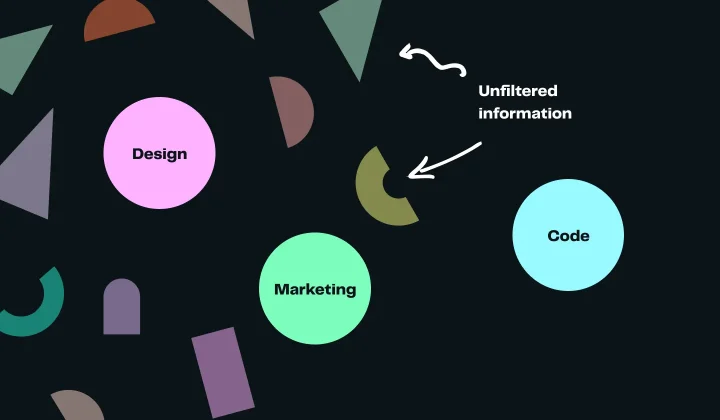
Why strategy is embedded into product design
Good insights are the roots of a good strategy.
And the field of product design is full of great possibilities to collect insights. For example, usability tests and user interviews provide ample opportunity to receive input from users. During these sessions, you can see how your product is helping people.
In this setup I described above, designers and researchers are the first to know about feature requests or user struggles. They’re also the first to know about emerging trends that might affect your strategy in the long run.
How can strategy get derailed in the design process?
Even though all this above might sound natural, the process can get derailed. This heavily depends on the team setup, culture, or collaboration process.
For example, our team does not have dedicated researchers. Because of this, our designers work with a lot of unfiltered information. This calls for designers to be as objective as possible. Any small bias can lead to distorted insights, which means we built our strategy on the wrong assumptions.
But it’s not only about how you process insights. It’s about delivery, too. If all the insights are right, but the solutions are not good enough, the result is the same. You’re not shipping the features that’ll make a difference or contribute to your goals.
Below, I’ll detail these problems a bit more and also introduce new ones. I’ve paired them with tips on how to solve them.
How to optimize product design for strategy?
1. Collect the right insights
During my years working in the field of UX, I found this to be one of the most important principles for strategy. You have to make sure you’re collecting the right insights. Otherwise, you’ll end up like me a few years ago, making the biggest mistake of my career to this day.
Copyfolio, our freshly launched website builder, was just starting out. Our paying user base was growing but only barely. We desperately needed the input to decide what to add to our small editor.
So, from day one, we had a floating action button within the editor. It opened a small window where people could get in touch with us. Found a bug? Needed help? Wanted to recommend changes or share a feature idea? As a user, you could report it all — and sure enough, we started receiving user input. A ton. I remember thinking the more people gave us feedback, the easier it was going to be to make a decision on what to do next.
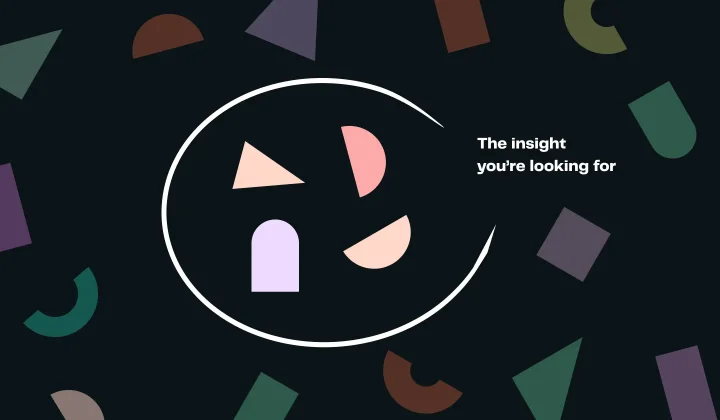
There were pretty good insights: they needed more customization, new sections, domain connection, and so on. We started implementing all these, but the growth rate did not change a tiny bit. We didn’t understand why.
Looking back from a few years, I still feel dumb for not checking who was giving insight to us. I started asking more questions about our subjects’ background. It turned out that mostly paying users sent requests that we implemented. Users who sign up to a free product and don’t find what they need, just leave. It’s that simple. Most of them won’t bother opening a popup and detailing their needs in multiple lines so they can pay.
Sure, I was collecting insights — just not the right insights. I’ve gathered a few tips on how to avoid falling into the same trap:
- Always do detailed background exploration on interviews, in surveys, etc. It can reveal unexpected factors.
- Align your research method with your goal. Define if you need quantitative or qualitative data and find the best way to collect it.
- Keep challenging the quality of the input you’re getting. Try altering factors to see if you get the same results.
2. Be objective and ready to change your mind
Ensuring the objectivity of your strategy is harder than it looks. It requires a change of mindset: you have to look at things without preconceptions.
During my years in the agency work, an amazing researcher teammate of mine found something interesting. We were working on a smaller module of an app. Users mentioned on the tests that they didn’t know what the app should be used for. Upon a bit of digging, we figured out that the app had so many smaller features and modules that users weren’t sure what the app was for. To put it simply, the app had too many features.
We knew it wasn’t the original scope, but yet, it was a crucial finding, so we wanted to share it with the stakeholders. We prepared a presentation and talked about how we could bring up the topic in the best possible way.
The discussion was pretty unremarkable. We were presenting, they were listening, and a few heads were nodding. At the end, we realized they were not open to this feedback. They couldn’t get their head around the fact that there’s something like “too many features”. Their strategy was the direct opposite: add as many features as possible.
They ended up losing around 35% of their user base in 2 years.
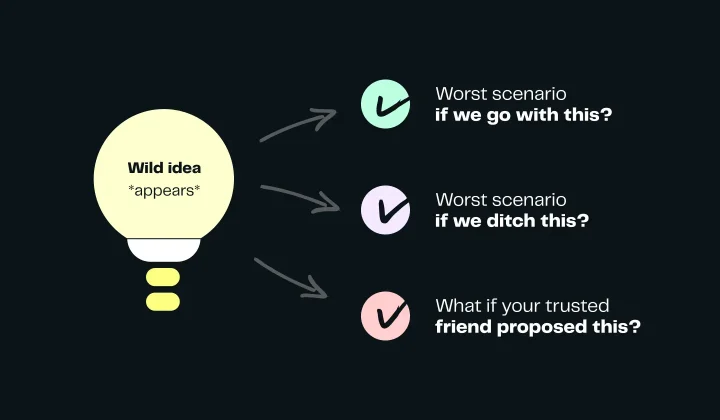
It’s not enough to collect the right insights — you have to be able to stay objective and open enough to change your mind. Here are a few questions that we should have asked the stakeholders:
- What is the worst scenario if we go with this idea?
- What is the worst scenario if we ditch this idea?
- What if your most trusted friend or colleague said this? How would your reaction change then?
There are great frameworks to build confidence in your strategy. The key is to constantly challenge it and be ready to adjust your course. This way, you can ensure that you’re not sticking to an outdated idea.
3. Timeframes help with prioritizing
Let’s move on to the next step. The insights you’re building on are solid, and you’re ready to change your mind about strategy. There’s a high chance you’ll be overwhelmed with ideas and tickets to pick from. So, how do you decide what to work on?
I found that a clear timeframe is key in this case. For example, our team has mutually defined quarterly objectives. We track our progress with key results and decide on our success at the end of the quarter. This makes it easier to prioritize things because:
- we can see how long a ticket would take,
- what its payoff could be,
- and how close it gets us to our desired results.
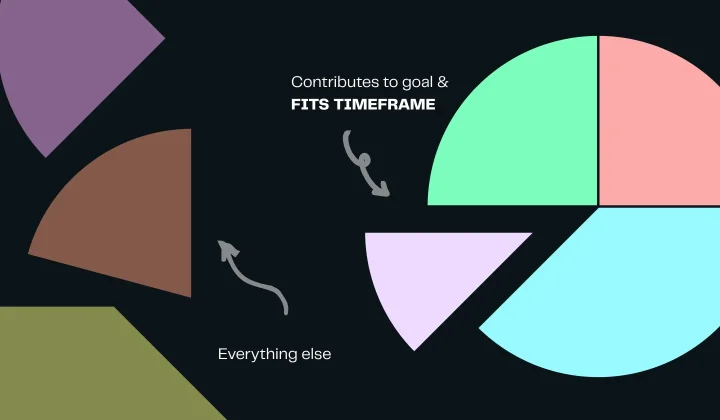
To mention a recent example, one of our product teams wanted to improve the traffic on our domain. At first, it sounded like a marketing goal. As we started discussing it, we realized there’s so much the whole team could contribute, so we went for it. At the end of the quarter, we increased traffic by 40%.
The quarterly deadline was pressuring, sure — but it also helped us to prioritize things that directly contributed to the goal. Our designer prioritized tickets that were heavily supporting marketing on purpose. Among other things, he created social media post templates for our marketer.
To this day, I’m sure we couldn’t have achieved this without a clear deadline ahead. Thanks to that, we saw the tickets differently. Vanity ideas got sorted out and tasks got done in an efficient way. For instance, the social media post templates were so easy to use that our marketer learned to use them alone, without the help of the designer.
In short, a clear timeframe helps you implement your strategy with peak efficiency.
4. Ship the best solution
Moving up one step on the ladder. Once you have your tickets sorted, there are still a few ways optimizing design for strategy can help you.
We were listening to the hundredth user telling us to integrate Google Analytics. We finally gave in and added the integration to the roadmap. One thing, however, got stuck in our heads: why is Google Analytics so important for them?
Upon further research, we figured out that most of our users did not know any alternatives for Google Analytics. It was the only free platform that provided the metrics they were interested in, but, at the same time, they hated it. It was hard to use and too complicated to find the things they were looking for.
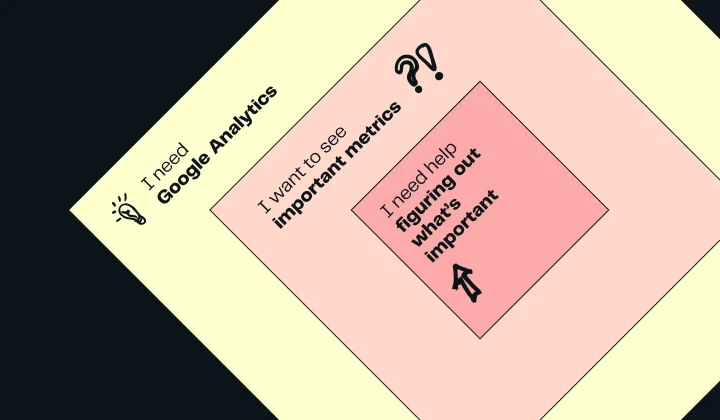
We decided to go down the harder route: we built a custom analytics tool within our product. Our designer made sure it was simple and easy-to-understand. Metrics were accessible to everyone, not just tech-savvy users. Our test subjects loved it.
So, how can you ensure that you’re shipping the best solution then? You need to map the user’s needs carefully. A lot of “why” questions during research sessions help to dig deep into the actual pain. Don’t be afraid to go another level deeper, there’s no such thing as “too careful” when it comes to research.
5. Always look back and evaluate
And then, there’s a fifth and equally important rule that ties everything together.
I noticed the smaller a team is, the more it’s prone to jump to the next task ahead. This phenomenon came up throughout many client projects I worked on. I also recognized it in our small product teams. Expectations get exponentially higher the smaller a team is. It’s natural in these setups that everyone is burning on high flames to achieve the desired results.
This is not only dangerous because people can burn out but also because it’s detrimental to product strategy. Shipping features frequently can lead to skipping the retrospective evaluation process. But it’s an easy way to keep your strategy fluid.
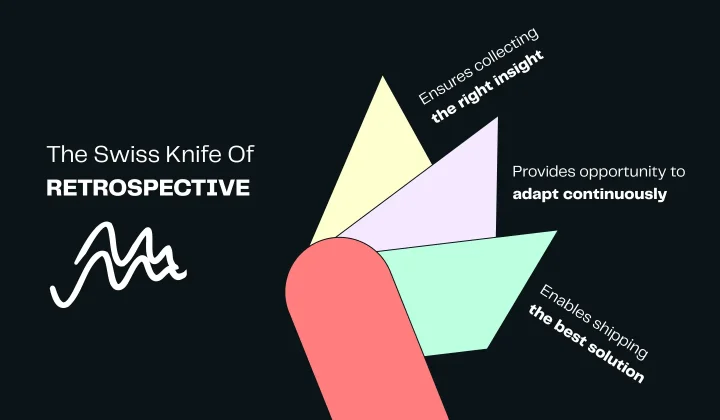
We shipped a dedicated blogging feature on Copyfolio. We agreed to keep it simple at first to see if there’s any interest from the users’ side — but usage numbers stayed low. Thanks to a retro session we looked back and decided to do some further research. Turns out, our users felt like the feature was so simple that it wasn’t even worth trying.
This insight would have never surfaced without a good retro session. And later it affected our whole product strategy. We realized a well-developed blogging feature set could not only help our current users. It could also increase our reach across the market and bring in users who would blog elsewhere.
Retrospective evaluation is key not only to track your progress but to keep your strategy dynamic. It also has a unique relationship with all the other tips I mentioned above:
- Doing retros ensures that you collect the right insight. If something isn’t right, you can go back and make sure you’re listening to the feedback you need to listen to.
- If you’re open to changing your approach, retrospective talks provide the earliest opportunity to do so.
- With strict deadlines comes the urge to skip retros and use the time for something else. Stick to your boots and allocate time for retros.
- Retros also help your team ship the best solution possible with iterative releases. Release something, see how it performs, discuss it and improve the feature until it’s the best possible version.
Summary and final thoughts on integration
This is just the tip of the iceberg. I’m sure there are many other ways to ensure your design & research processes in small teams are optimized for strategy. Nonetheless, the most important takeaways are now on your belt:
- Collect the right insights by aligning your research methodology with your goals.
- Be objective and ready to change your mind.
- Set up timeframes and deadlines to prioritize for maximum impact.
- Ship the best solution by always going a layer deeper into the users’ problem.
- Always look back and evaluate.
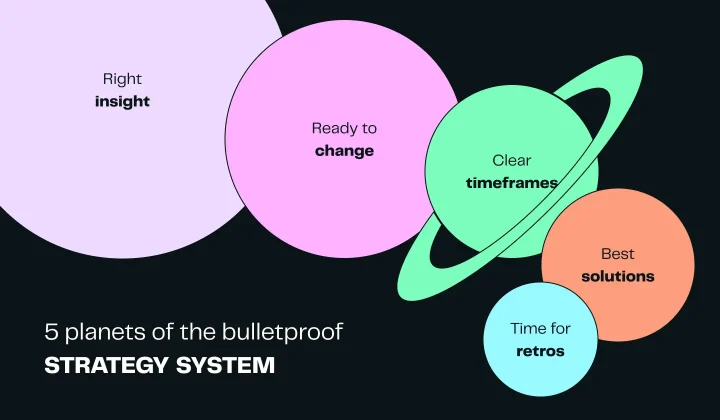
If you think you learned something useful today, I’m glad I could help with this article. But don’t forget that changing habits and processes is a delicate task. If you want to integrate some of these tips into your personal workflow, be persistent: habit stacking can be a great tool, for example. If you would like to update your team’s processes, on the other hand, the most important thing is to initiate discussion with team members to find the optimal solution for everyone.
Want to learn more?
If you want to learn more about building a successful brand strategy make sure you check out our article on Defining Brand Strategy and How to Develop One. We share valuable insights, tips, and best practices to help you grow your skills and knowledge on the topic.
Special thanks to my team mates for their contributions to this article: Laura Sima, Katica Babarczi, Dávid Pásztor & Barbara Bicskei.




